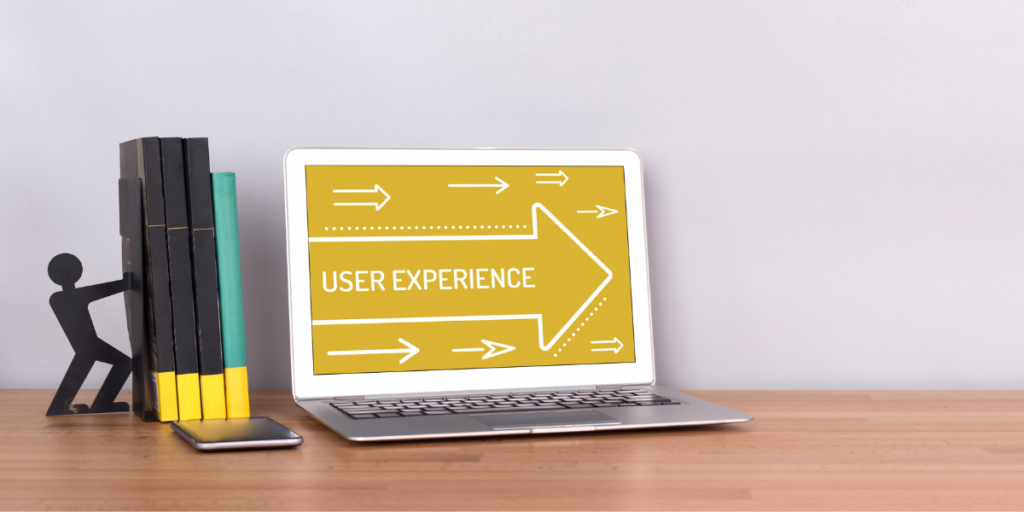In today’s digital age, having a website that loads quickly is crucial for both search engine optimization (SEO) and user experience. Site speed for SEO refers to how fast your website loads on both desktop and mobile devices, and it plays a critical role in determining your website’s ranking in search engine results pages (SERPs). Meanwhile, user experience is all about providing visitors with a positive experience when they browse your website. In this blog, we’ll delve deeper into the importance of site speed for SEO and user experience, and offer tips on how to optimize your website’s speed for both.

Website Speed’s Impact on SEO and User Experience
Site speed, or the time it takes for a website to load, is crucial for both search engine optimization (SEO) and user experience. In fact, it’s safe to say that site speed can make or break a website’s success.
Let’s first talk about SEO. In 2010, Google announced that site speed would become a ranking factor in their search algorithm. This means that websites that load faster are more likely to rank higher in search engine results pages (SERPs) compared to slower-loading sites. This is because Google wants to provide the best possible user experience, and a fast-loading website is one of the factors that contribute to that.
But why is site speed so important for SEO? For starters, faster loading times can decrease bounce rates, which is the percentage of visitors who leave a website after only viewing one page. If your website takes too long to load, users are more likely to leave before even seeing what you have to offer. This high bounce rate can signal to search engines that your website isn’t providing valuable content to users, which can negatively impact your rankings.

Reason why site speed matters for SEO
Another reason why site speed matters for SEO is that it affects the crawling and indexing of your website. Search engine bots have limited time to crawl each page of a website, so if your site is slow, the bots may not be able to crawl as many pages as they could on a faster site. This can result in fewer pages being indexed, which can negatively impact your rankings.
Why site speed is good for UX
Now let’s talk about user experience. As mentioned earlier, a fast-loading website can decrease bounce rates, which is a key indicator of a good user experience. But beyond that, a slow website can also lead to frustration and dissatisfaction among users. In fact, according to a study by Google, the probability of bounce increases by 32% as page load time goes from 1 second to 3 seconds. This means that every extra second your website takes to load, you’re losing potential users.
Moreover, a slow website can affect your brand image. Users may perceive your website as outdated or unprofessional, which can lead to negative reviews and harm your reputation. On the other hand, a fast-loading website can make a positive first impression and improve user trust in your brand.

So, what can you do to improve your website’s speed? Here are a few tips:
There are several things you can do to improve your website’s speed:
- Optimize images: Large images can slow down your website, so it’s important to optimize them for the web. You can compress images using tools like Photoshop or online image compression tools like TinyPNG.
- Use a Content Delivery Network (CDN): A CDN can distribute your website’s content to multiple servers around the world, reducing the time it takes to load your site for users in different locations.
- Minimize HTTP requests: Each HTTP request made by your website takes time to complete, so minimizing the number of requests can help speed up your site. You can do this by combining files (like CSS and JavaScript) and reducing the number of images.
- Enable caching: Caching allows browsers to store your website’s files locally, reducing the amount of data that needs to be downloaded each time a user visits your site.
- Minimize code: Minimizing your website’s code by removing unnecessary characters and white space can reduce the size of your files, making them faster to load.
- Choose a fast web hosting provider: Your web hosting provider can have a big impact on your website’s speed. Choose a provider with fast servers and a good reputation for uptime and reliability. we would recommend you Hostinger they have best customer support and fastest web hosting

Finally, it’s worth noting that site speed is not only important for SEO and user experience but also for conversion rates. Studies have shown that faster loading times can lead to higher conversion rates and increased revenue. For example, Amazon found that for every 100ms increase in page load time, they experienced a 1% decrease in revenue. This highlights the importance of site speed for businesses looking to maximize their online revenue.
Conclusion

Site speed is a critical factor for SEO, user experience, and conversion rates. By implementing the tips mentioned above, website owners can improve their website’s speed and reap the benefits of a fast-loading website. It’s important to prioritize site speed as an ongoing effort and continually test and optimize for better performance. With a fast and optimized website, businesses can improve their online presence and achieve their goals. Are you struggling to get best site speed of your of your website then contact us today we are going to help you achieve the best site speed.

